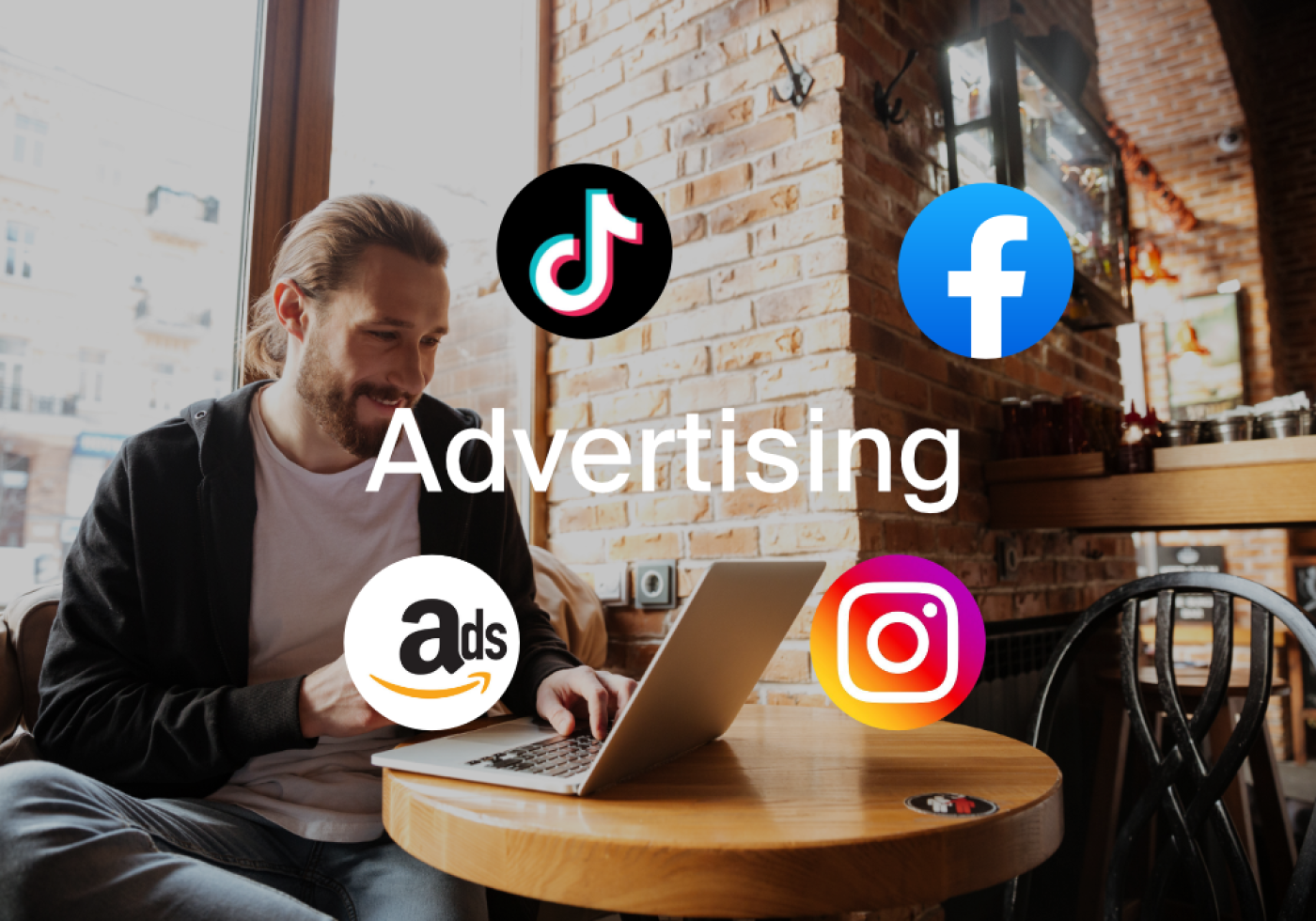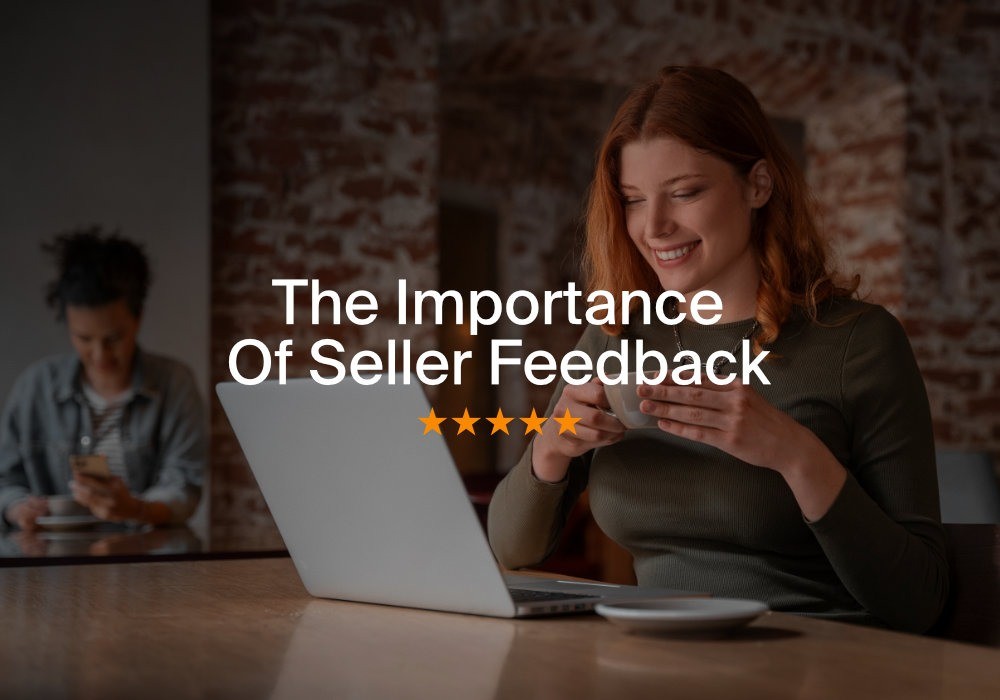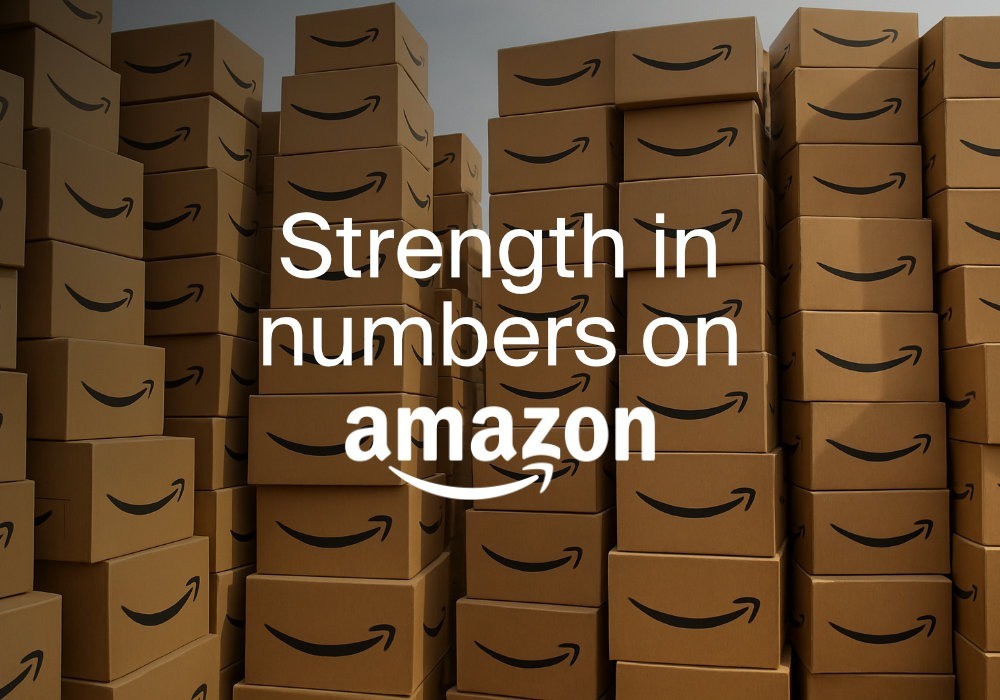For Amazon sellers looking to boost visibility and drive more sales, advertising is no longer optional — it’s essential.
Whether you're using Amazon’s internal advertising tools or running off-Amazon ads on platforms like Meta and TikTok, the right strategy can transform your product reach and long-term success. However, each platform comes with its own set of benefits, drawbacks, and unique challenges.
This guide explores the pros and cons of on-Amazon vs off-Amazon advertising, when to use each, and how to effectively combine them to grow your Amazon sales.
The power of Amazon Ads
What are Amazon Ads?
Amazon offers a full suite of advertising options that allow sellers to promote products directly within its ecosystem. These include:
- Sponsored Products: Appear in search results and product detail pages
- Sponsored Brands: Showcase a brand logo, custom headline, and multiple products
- Sponsored Display: Retarget shoppers both on and off Amazon
- Amazon DSP (Demand-Side Platform): Advanced programmatic display advertising for brand-registered sellers
Benefits of Amazon Ads
- High buyer intent: Shoppers are already in a purchase mindset when browsing Amazon
- Seamless experience: Ads integrate natively into product search and category pages
- Pay-per-click (PPC) efficiency: You only pay when someone clicks, and can control spend daily
- Fast data feedback: Immediate performance metrics help sellers adjust quickly
- Improves organic ranking: Increased traffic and conversions can lift organic rank over time
Drawbacks of Amazon Ads
- Costly in competitive niches: Some categories have very high CPCs
- Learning curve: Beginners may struggle to optimise campaigns effectively
- Limited creative control: Especially with Sponsored Products, creative assets are minimal
- Amazon-focused: Ads keep users within the Amazon environment, limiting brand growth elsewhere
Amazon Ads are highly effective, particularly for new product launches, ranking strategies, and boosting bestsellers — but they are only one part of the bigger picture.
Off-Amazon advertising: Meta, TikTok and beyond
Why promote Amazon products off-platform?
While Amazon Ads are powerful, they don’t help you build awareness or demand outside Amazon. That’s where off-Amazon ads come in — platforms like Meta (Facebook and Instagram), TikTok, YouTube, and even Google Ads allow you to reach new audiences who may not yet be searching on Amazon.
You can drive external traffic directly to your product listings or Amazon Storefront, using tailored messaging and creative content.
Platforms and benefits
Meta (Facebook & Instagram)
- Highly targeted: Use interest, behaviour, and custom audience targeting to reach ideal customers
- Retargeting capabilities: Reach people who’ve interacted with your content or store
- Creative freedom: Use lifestyle content, carousels, or video to showcase products
- Builds brand visibility: Helps drive awareness that fuels longer-term Amazon growth
TikTok
- Viral potential: High organic engagement and potential for exponential reach
- Short-form video: Great for showcasing product use cases and UGC-style content
- Influencer integration: Easily collaborate with content creators to promote your product
- Low ad cost (for now): CPCs and CPAs are often lower than on Meta or Amazon Ads
YouTube and Google Display
- Great for search: Google Ads can capture buyers searching outside Amazon
- Longer-form content: YouTube allows for more in-depth product education
- Drive traffic to Amazon: Send clicks directly to listings or your Amazon Storefront
Drawbacks of off-Amazon advertising
- Lower intent: Users are not actively shopping, so conversion rates are typically lower
- Tracking limitations: Amazon doesn’t allow tracking pixels, so attribution is harder
- Ad fatigue risk: Without strong creatives and targeting, external ads can burn out fast
- Requires strong creatives: Unlike Amazon Ads, you must design and test images or video
Off-Amazon ads are powerful for brand discovery and reaching cold audiences, but they require more testing, content creation, and budget allocation to get right.
When to use Amazon Ads vs off-Amazon ads
Use Amazon Ads when your goal is to capture shoppers who are already in the buying mindset. They’re ideal for launching new products, trying to rank on page one, or standing out in highly competitive categories. Sponsored campaigns are particularly effective if you want quick visibility, measurable returns, and access to detailed campaign data inside Seller Central.
On the other hand, turn to off-Amazon ads—like Meta or TikTok—when you're focused on brand discovery and building awareness outside the Amazon platform. These platforms are great for warming up cold audiences, re-engaging previous visitors, or creating demand before someone even starts shopping. Off-Amazon ads also offer more creative freedom and are excellent for storytelling through video or influencer content.
Many sellers use both in tandem. Amazon Ads drive immediate traffic and help listings perform better organically, while off-Amazon platforms expand your reach and build brand momentum that fuels long-term growth.
Combining both strategies for maximum growth
The most successful Amazon sellers often combine both strategies:
- Run Amazon Ads to target high-intent traffic already browsing your product category
- Use Meta or TikTok Ads to raise awareness and drive new traffic into your listings
- Build your Amazon Storefront as a landing page for external traffic
- Offer exclusive bundles or coupons on Amazon listings to incentivise clicks
- Use Amazon Attribution to track the performance of external traffic (available in Seller Central)
If you use a tool like Amzigo, you can monitor how your sales and reviews are impacted during and after ad campaigns — especially helpful for identifying which SKUs respond best to external promotion.
Best practices for promoting your Amazon store with ads
- Start with one product: Don’t advertise your full catalogue. Start with a high-margin or proven product
- Customise your landing page: Use your Amazon Storefront or a specific listing to send traffic
- Use coupon overlays or strike-through pricing to increase conversion
- Leverage UGC (User-Generated Content) for TikTok or Instagram — real-looking testimonials convert well
- Always comply with Amazon’s policies: You cannot claim outcomes like “best seller” or “limited stock” unless Amazon shows it
- Review attribution performance: Even if you can’t pixel-track, Amazon Attribution helps with analysis
Conclusion
Advertising both on and off Amazon can be a powerful strategy for sellers looking to scale. While Amazon Ads provide a direct route to shoppers already searching, off-Amazon platforms like Meta and TikTok can help you build brand momentum and reach new audiences earlier in the buying journey.
Combining both lets you create a flywheel effect — awareness, clicks, and sales that feed each other. But the key is to start small, test methodically, and always focus on your data.
Looking to take your Amazon business to the next level?
Discover how Amzigo's advanced features, like our Automated Review Centre, Product Analysis, and Inventory Management, can transform your selling experience. Check out our features and try it for free!



